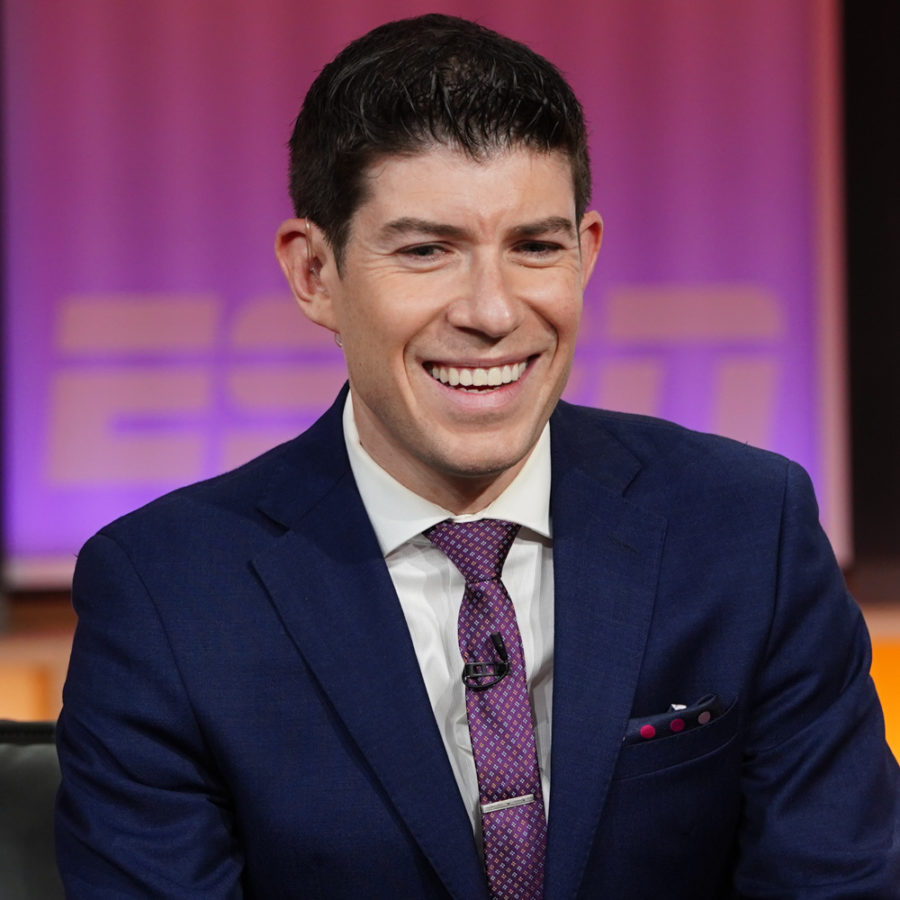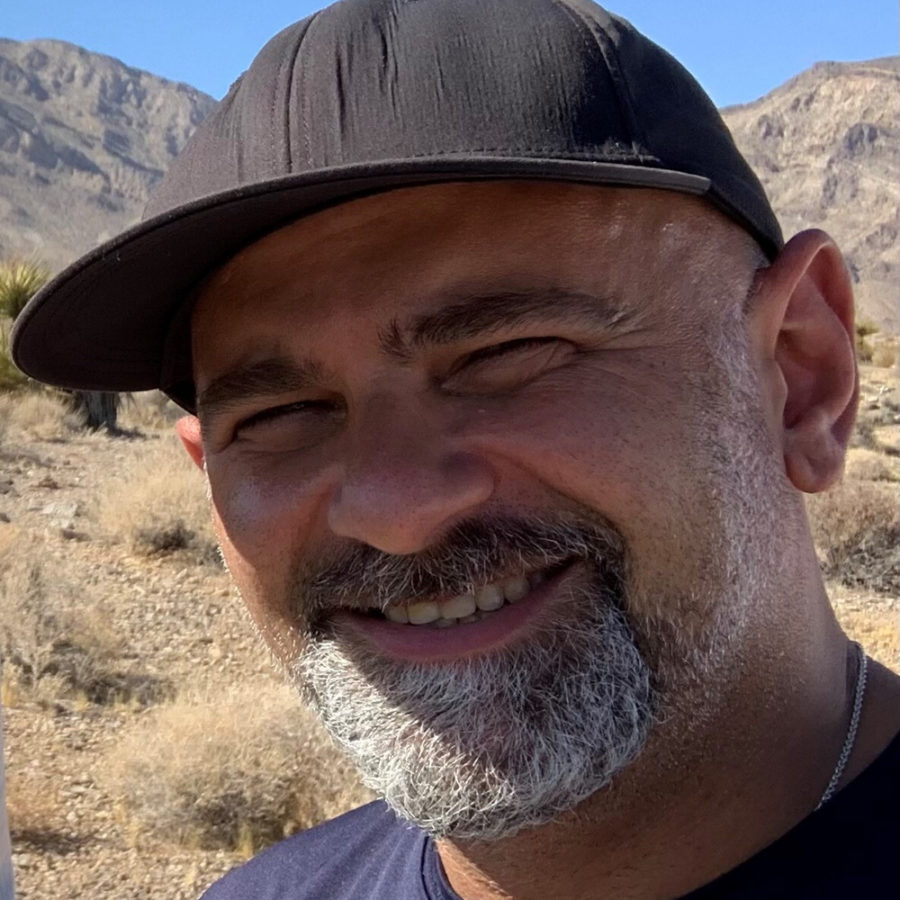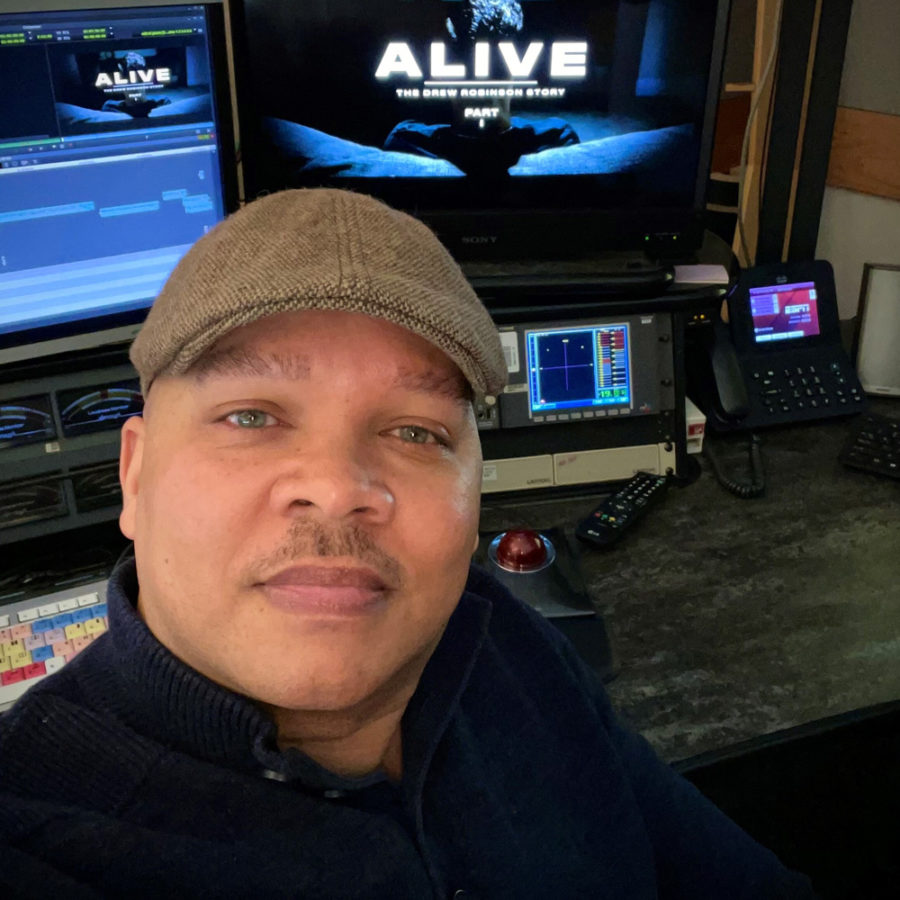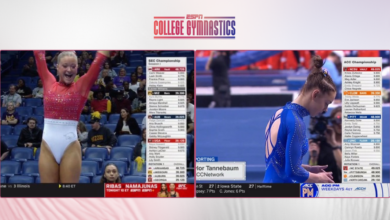UPDATED: Journalism Showcase: E60 Revisits ‘Alive: The Drew Robinson Story’ Thursday Night On ESPN
Robinson's remarkable comeback continues; watch a new excerpt from the program that originally streamed in February on ESPN+
EDITOR’S NOTE: An updated version of the E60 program “Alive: The Drew Robinson Story” makes its television debut on Thursday night at 8 ET on ESPN. The program includes new video and interviews of Robinson’s comeback this season with the San Francisco Giants organization.
Tuesday night in the Pacific Coast League Robinson – playing for the Sacramento RiverCats – hit his first home run of the season (see tweet). In February 2021, Front Row published a Journalism Showcase that provided a behind-the-scenes look at the storytelling that originally streamed on ESPN+. Read that content below; in recognition of Global Mental Health Awareness Month, ESPN’s national NHL reporter Emily Kaplan discusses how she approaches the subject in her storytelling.
– Andy Hall
https://twitter.com/espn/status/1392311445656854532
Last year, Major League Baseball player Drew Robinson attempted to take his own life. After surviving for 20 hours, he chose life and called for help. His mission now is to help others as he returns to baseball.
Robinson’s compelling, heart-wrenching story was told this week in a piece on ESPN.com written by Senior MLB Insider Jeff Passan and edited by senior editor Rachel Ullrich, and in an E60 documentary produced by Martin Khodabakhshian and edited by coordinating producer Warren Wolcott. The feature is now streaming on E60 on ESPN+.
I wish today never had to end. There are no words to describe the level of gratitude Im feeling, for so many reasons. We’re all in this together & I hope everyone joins me in writing some self love tonight. I LOVE MYSELF & I LOVE MY LIFE!! Thank you from the bottom of my heart❤️
— Drew Robinson (@Drewrobbb) February 3, 2021
The four discussed the care that went into telling Robinson’s story, which included seeking advice from some ESPN employee resource groups:

What were some lessons learned on this journey?
Passan: I didn’t fully understand the sensitivity necessary when writing about suicide. How writing on the subject necessitates extreme caution. How a minute detail can trigger the worst sort of impulses in those struggling with mental illness. After writing the first draft of the story, we sought the help of experts who study suicide. They have dedicated their lives to helping those with suicidal ideation, and their guidance helped us balance the poignancy of Drew’s story with the duty of telling it responsibly. Drew was willing to allow us to address the most minute details of everything. But some of those facts could have brought harm to others, and Drew understood that the consequences of an unfiltered version of his life could be counterproductive. In the end, he trusted us to tell the story as we felt it would best be told, and that trust allowed us to honor his ultimate wish, which is to help people.

Ullrich: Jeff and Martin worked tirelessly with Drew through this very long process. Martin, at one point, said he was speaking to Drew more than his mom. It was really, really important to us that Drew feel comfortable telling us his story, but even more so that he understood what releasing it to millions of readers and viewers would mean. Jeff and Martin were the linchpins here – the relationship they formed with Drew and the way they protected him, and his story were amazing to see.

What was the most difficult part of this for you?
Khodabakhshian: The hardest part of the project was getting the mental health aspect right – for Drew, his family, and the overall reach that a story of this magnitude and importance has. Warren was the sole video editor on the film and also the sound editor on the project. He was integral in making sure we were both sensitive and true to Drew’s story and the overall topic of mental health. Warren was consistently and proactively asking questions and raising our own awareness level in edit, ranging from music choices, to shot selection, to the style of the edit, and beyond. He was always pushing us to remember the bigger picture.
I lost a close friend to suicide in 2010, so this story hits close to my heart. Drew and I got really close, right away. In the field, I found myself getting emotional on multiple occasions: watching Drew get his prosthetic eye, watching Drew’s dad watch his son hit in the cages, listening to Drew’s main interview while filming when he spoke about his struggles with suicide and when he read his own suicide letter. And in edit, it turned to tears of joy when we get to the end of the film, and Drew says confidently, “I’m meant to be alive, I’m meant to be alive.”

What do you hope that viewers take away from watching the story?
Warren: That they are not alone. Jeff Passen asked Drew a question in the feature. “Did you have anybody that you could go to and tell how you were really truly feeling?” Drew replied “I did, but I didn’t know it.”
So the thing I hope people take away is, even though you may feel that you have no one to reach out to, you probably do but just don’t realize it. Whether it’s a close friend, family member or a professional, you’re not alone.
Andy Hall contributed to this story.

Thank you @Drewrobbb for sharing your story. Your #SFGiants family is in awe of you and behind you 100 percent. https://t.co/KnyBQ48ADV
— SFGiants (@SFGiants) February 2, 2021
The WNBA players were front and center on issues of social and racial justice in 2020. Behind the scenes, the league pushed the bar even higher on diversity in its hiring practices. https://t.co/T2JD9eCi2a
— ESPN Women's Hoops (@ESPN_WomenHoop) February 3, 2021
Pretty cool feature by the folks at @TheUndefeated profiling the rising success of NFL QBs who are Black. https://t.co/TbYjUx6A39 #BlackHistoryMonth
— Syed Ali (@West_Syed) February 2, 2021
BIG EPISODE on The CEO Sessions: @ESPN Editor-at-Large, @ESPN_RobKing on the most important job in sports plus...
— Ben Fanning (@BenFanning1) February 2, 2021
- The key to ESPN’s successful navigation of the Pandemic.
- The phrase that inspires creativity at ESPN.#inspired #leadership https://t.co/L0GRloLd93
Griner feels 'amazing' after mental health break https://t.co/tzJMjaYCzk@ccmhs_ccsms #thrive with the right #support
— Natalie Durand-Bush (@NDurandBush) February 5, 2021
Great work @MikeReiss on the ESPN article!https://t.co/YeK5EGmlcg
— Chris Gronkowski (@Chrisgronkowski) February 4, 2021
https://twitter.com/ECM_LP/status/1356699527349227521







